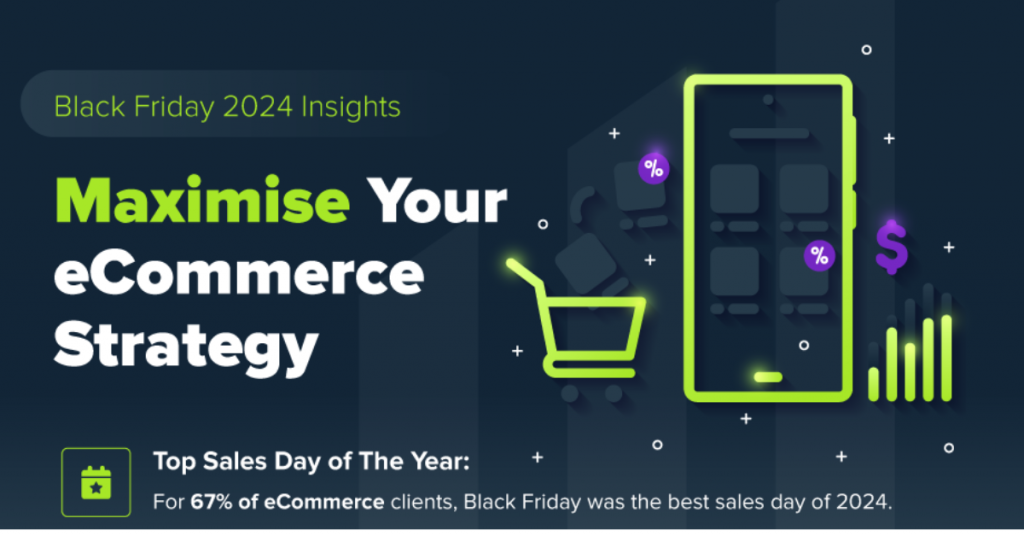 In August 2014, a huge image sharing social platform, send an email to women who pinned a lot of wedding – related photos a congratulatory email. As it turned out, most of the recipients were single and reacted to the message with dark humour, like “LOL, Pinterest thinks I’m getting married. No, I’m just single and pathetic” (read more on Slate). It proves that personalisation when performed mechanically and carelessly can backfire. Today personalization became marketers’ obsession, but with so many case of bad implementation of this strategy is it anything more than just a misused buzzword? Yes, if it’s relevant and delivers value.
In August 2014, a huge image sharing social platform, send an email to women who pinned a lot of wedding – related photos a congratulatory email. As it turned out, most of the recipients were single and reacted to the message with dark humour, like “LOL, Pinterest thinks I’m getting married. No, I’m just single and pathetic” (read more on Slate). It proves that personalisation when performed mechanically and carelessly can backfire. Today personalization became marketers’ obsession, but with so many case of bad implementation of this strategy is it anything more than just a misused buzzword? Yes, if it’s relevant and delivers value.
Fake personalization
Before we start examining how to personalize, let’s take a look at some examples of fake personalization – attempts marketers make to seem like they know customers, but actually they just apply some cheap gimmicks.
Get to know your customers. Download free ebook and build professional Buyer Persona
These include:
– Putting customer’s name in the subject line, while the content of an email is not personalized,
– Using click data to infer a customer gender
– Personalization for sake of personalization itself –
Mechanical product recommendation, e.g. if customer bought a product from category “X”, you suggest another product from the same category (sometimes it leads to absurd recommendations)
– Displaying a box on the product site saying “Customers who bought that viewed also” with random content
As University of Illinois research shows, fake, shallow or poorly executed personalization damages your relationship with customers and annoys them.
Overdoing personalization
Think of the unfortunate Pinterest campaign: having data is not enough. You also need a bit of empathy and insight to drive your campaign. There are risky topics which marketers should simply avoid. Nobody wants to feel that his personal issues are fuelling advertising machine and used for marketing purposes.
From customer’s perspective, a brand knowing too much about you (and exhibiting that knowledge) is creepy and uncanny. If you have an access to some information as a marketer, it doesn’t mean you should use them all right now. Don’t intrude territory you are not welcomed to.
The same applies to starting personalization too soon and narrowing communication too much (if somebody download your ebook on social media, it doesn’t mean that this is the only topic he is interested in).
True personalization
True personalization is not a trick, but a result of deep understanding of your customers and it provides real help for user. It feels like an assistance of friendly salesman at the store you often shop, who knows you habits and needs.
With Marketing Automation you can achieve it, applying the following practices:
- Dynamic content on the website: offers, content of banners, recommendations and forms should be tailored to customers interests and actual situation in real time. According to Marketing Profs, 45% of users prefer website with dynamic offers
- Not forcing user to fill in the same form again. And again. You can identify user who has already completed the form and gave you required data. Why to annoy him asking to repeat the same all the time?
- Segmentation: that tool helps you divide customers into segments basing on their interests, behavior and engagement (e.g. you can assign user a tag automatically when he reaches given point of scoring)
- Identifying customer location: is vital when you have brick and mortar store, because it allows you to tailor your offer precisely to specific context particular user finds himself in.
- Dynamic 1-to–1 messages: are sent to individual user in response to given actions (like adding products to cart and abandoning it, viewing products from a given category, downloading material). Personalized emails show 25% higher Open Rate and 51% higher Click-Through Rate, Experian proves.
- Developing complex customer profile: each purchase and each click delivers you precious information about customer’s habits and preferences. If you systematically collect them and analyze with Marketing Automation Platform, your campaigns will be more and more precisely targeted.
- Real-Time Marketing: personalization in real time boosts users’ engagement and shopping experience by 78% and inceases lead generation by 60% (Direct Marketing).
Clear Data Politics
Research shows that 74% of customers are OK with companies gathering data about their behavior to use in marketing campaigns, but only 13% find it acceptable that companies purchased data from third party or sold their information in order to improve customer experience. People want to know what happens to information about them, so be prepared and have transparent data policy.
In conclusion. Personalization fundamentals
Good personalization always delivers value for customer: makes it easier for him to find useful content, browse products or navigate through the store. Everything else is just a cheap trick, and customers will see it through.
Quick tips:
1) Use data you collect. Think how information you gather can improve customer experience.
2) Take care for data quality: database hygiene is a must, try also progressive profiling to ensure that you obtain correct information from the forms
3) Simplify: Personalization must facilitates processes for user, not make them more complex. If personalization means more information for customer to process and distracting him, drop it.
4) Increase conversion. Don’t forget true indicator of your efficiency.
5) Love tests. You can deduct or research or speculate, but you learn the truth only from actual customer behavior, what means that you must get used to running test on regular basis. That’s real openness to your customers: you give them more power to shape your communication.
6) Don’t forget about mobile. Your communication in that channel should also be personalized. Use dedicated tools for Mobile Marketing Automation.
What good personalization means to you? Which companies do it best? Share with us in comments!
 Follow
Follow
















